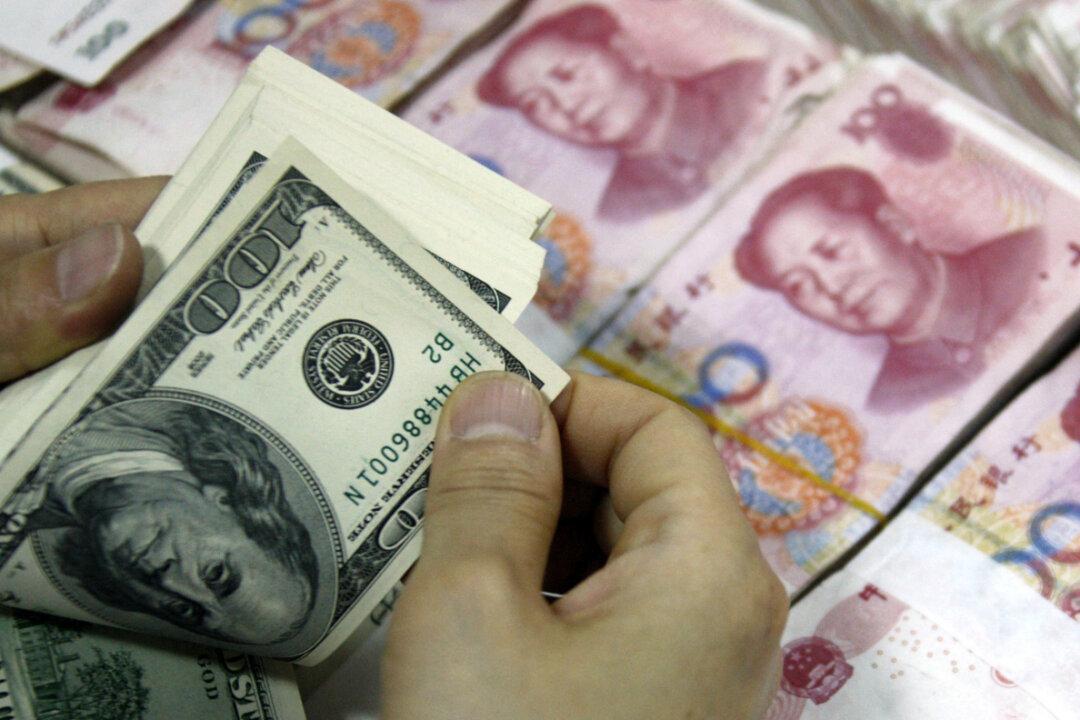Efforts by the federal government to clamp down on U.S. investments in China might be threatened by public pension funds investing tens of billions of dollars in the world’s second-largest economy.
American public pensions have invested about $68 billion over the past three years that ended on June 30, according to recent data from a nonpartisan trade group called Future Union. The organization’s research revealed that 72 pension funds in 42 states possess at least one public pension that has been invested in China or Hong Kong through various funds, including in sensitive industries. Thirty-nine percent made investments in the past 12 months.





